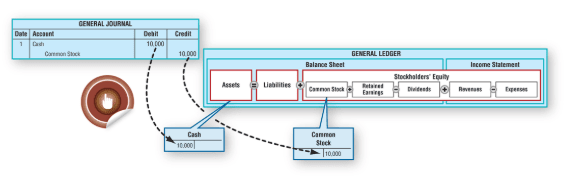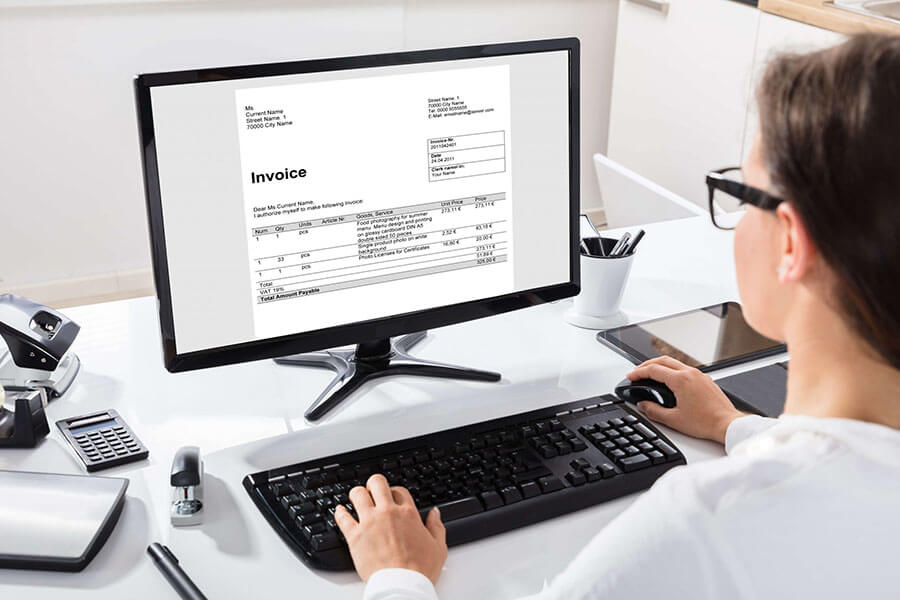
Clear reporting and disclosure of R&D expenditures gives financial statement users better insight into a company’s innovation pipeline and intangible assets. Breaking R&D expenses out on the income statement rather than burying them in SG&A or other expenses provides more transparency. Unlike research, development costs may be capitalized as an intangible asset if certain criteria are met under IFRS or GAAP. Capitalized development costs are then amortized over the useful life of the developed asset.
R&D costs: IFRS® Accounting Standards vs. US GAAP

This rises to 75% for research performed for the taxpayer by certain nonprofit scientific research organizations. The “alternative future uses” concept sometimes results in different treatment options within the same family of companies. For example, Parent Corp. might capitalize and depreciate equipment acquired for research purposes if the enterprise has an alternative future use for the asset. Parent’s smaller subsidiary, XYZ, would expense the same machinery if XYZ has no alternative future use for it.
Included and excluded activities.
- On the other hand, expensing R&D costs means recognizing them immediately in the income statement.
- Capitalizing R&D costs increases the equity base, potentially lowering the debt-to-equity ratio and presenting a stronger balance sheet.
- By implementing robust R&D accounting policies, you can enhance operational efficiency, benchmark against peers, and communicate value to stakeholders.
- Download CFI’s Excel template to advance your finance knowledge and perform better financial analysis.
- In Canada, the Scientific Research and Experimental Development (SR&ED) program provides tax credits that can be refunded even if the company is not currently profitable, offering a lifeline to startups and smaller firms.
Capitalizing R&D costs can lead to higher EBITDA, as these expenses are not immediately deducted from earnings. This can make a company appear more profitable in the short term, which might be appealing to investors focused on near-term performance metrics. However, this approach requires careful consideration of the amortization period and the potential for future impairments, which can affect long-term profitability. On the other hand, expensing R&D costs reduces EBITDA, providing a more conservative view of current profitability but potentially understating the company’s future earnings capacity.
Comprehensive Guide to Research and Development Accounting
SFAS 2, Accounting for Research and Development Costs, requires that R&D generally be expensed as incurred and that each year’s total R&D be disclosed in the financial statements. SFAS 2 views the research component of R&D as a “planned search or critical investigation aimed at discovery of new knowledge” that could result in a new or improved product, service, process, or technique. The development component of R&D is translating “research findings or other knowledge into a plan or design” for a new or improved product, service, process, or technique.
- It encompasses activities such as scientific research, technological development, and experimentation that are conducted to achieve specific objectives to bring new items to market.
- As the landscape of R&D accounting continues to evolve, firms should stay informed and consider the broader impact on their financial health and strategic positioning.
- However, this approach requires careful consideration of the amortization period and the potential for future impairments, which can affect long-term profitability.
- As a result, there can be an impact on the company’s Return on Assets (ROA) and Return on Invested Capital (ROIC).
- Before delving into the specifics, it’s crucial to understand the fundamental difference between capitalisation and expenses in the context of R&D expenditures.
- The company is researching the unknown, and therefore, at this early stage, no future economic benefit can be expected to flow to the entity.
Articulation’s Role in Financial Statements and Analysis
Many governments offer incentives to encourage innovation, recognizing the broader economic benefits of research and development. These incentives often come in the form of tax credits, deductions, or grants, which can significantly reduce the financial burden of R&D activities. Capitalized costs can be depreciated or amortized, potentially offering tax benefits over several years. Immediate expensing, however, can reduce taxable income in the short term, which might be advantageous Insurance Accounting for companies looking to lower their tax burden in the current period.

Impact on Financial Statements
- Any subsequent expenditure on the IPR&D is capitalized only if it meets the IAS 38 criteria for capitalizing development costs.
- In the example below, we will assume the amortization of the asset uses the straight-line approach.
- In summary, while research costs are expensed, some development costs may be capitalized if specific accounting rules are satisfied.
- M&As and partnerships are also forms of R&D as companies join forces to take advantage of other companies’ institutional knowledge and talent.
- For those seeking immediate financial advantages and flexibility, R&D credits are often considered a more attractive option, offering timely support for ongoing innovation initiatives.
Research and development (R&D) costs are a key expense for many companies investing in innovation and new product development. Under accounting standards like IFRS and US GAAP, R&D costs should be recognized r&d accounting as an expense on the income statement in the period they are incurred, rather than capitalized. The treatment of research and development (R&D) costs is a significant aspect of financial reporting, influencing how companies present their innovation expenditures. Proper accounting for these costs affects a company’s balance sheet and income statement, shaping investor perception and decision-making.

A study of all publicly held U.S. corporations, other than utilities, transportation, and financial enterprises, reveals that more than 50% reported at least some R&D in the last five years. According to the Federal Reserve Bank of Philadelphia, R&D grew from 1.8% of balance sheet U.S. nonfinancial corporate gross domestic product in the 1970s to 2.9% in the 1990s. Edited by CPAs for CPAs, it aims to provide accounting and other financial professionals with the information and analysis they need to succeed in today’s business environment. The remaining steps are optional and provide supplemental information to help examination risk assessment of qualified research expenses.




